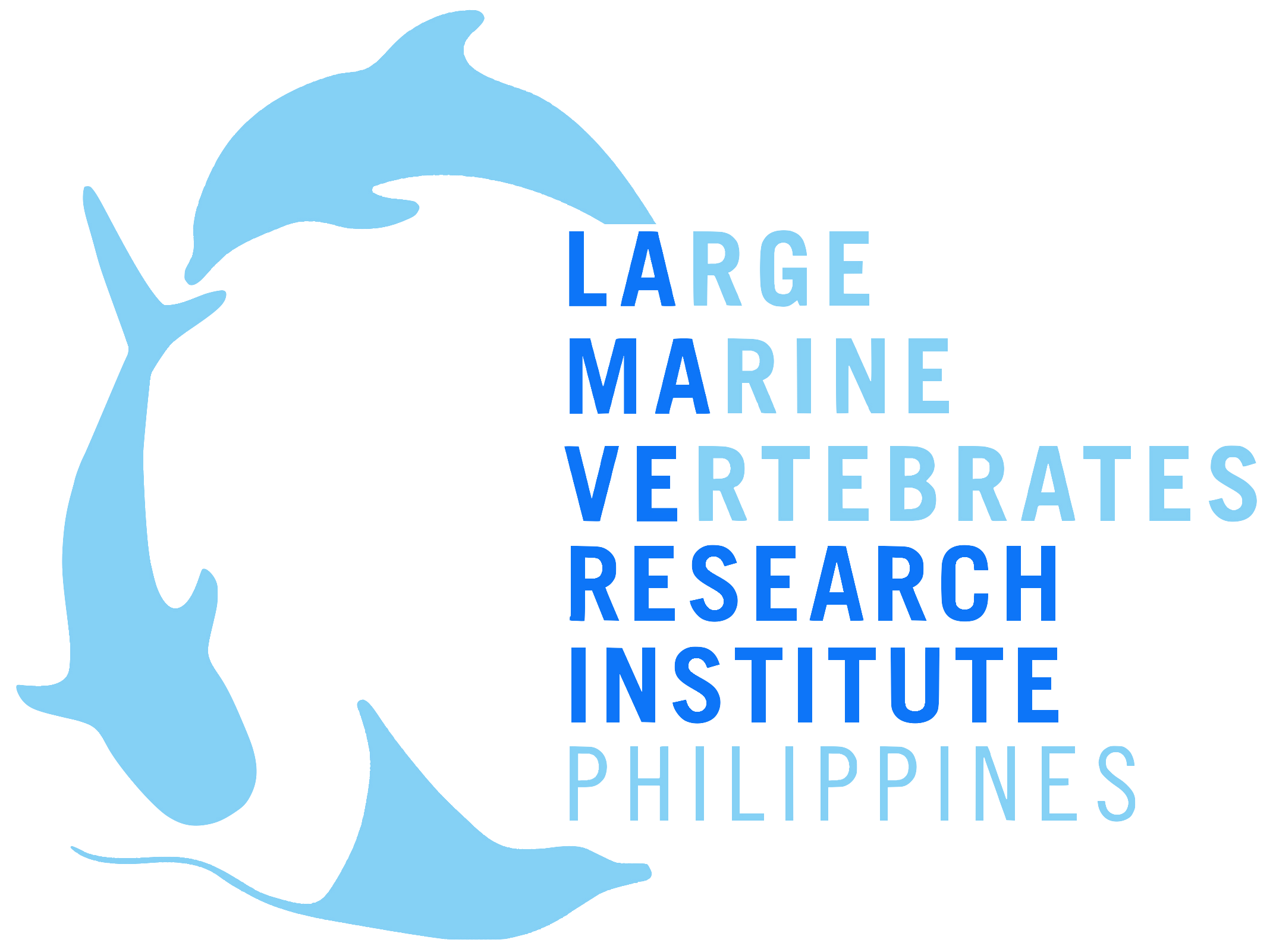PRESS RELEASE
How lasers and photographs are helping scientists study endangered turtles in the Philippines
Cebu, 28 November 2019, Studying endangered species is paramount if we are to understand how best to protect them. One of the challenges for conservation biologists is how to collect information in the most minimally invasive way they can to minimise disturbance.
A recent study by Large Marine Vertebrates Research Institute Philippines used cameras and lasers to study population and growth rates of green turtles from a distance, providing support for deploying these minimally invasive methods over techniques such as flipper tags and tape measurements that involve handling these endangered species. Flipper tags are commonly used to study green turtle population ecology and demographics. Turtles are captured, a plastic or metal tag with a unique number is applied to its flipper, its carapace is measured with a tape measure and the turtle is released. To work out the turtle’s growth rate over time or their residency in one area, the turtle must be recaptured, re-measured and logged. The process requires handing the animals and even after all the effort, tags can disappear, making it impossible to re-identify the individual.
In this study, LAMAVE researchers used Photo-ID, a technique long used to study other endangered animals like whale sharks, to gain an understanding of a turtle population in the Philippines. The minimally invasive method relies on photographic “captures” and “recaptures” of the unique facial scute patterns on the side of a turtles head; it requires no physical contact with, or marking of the animal. The data collected can provide information on the number of individual turtles in an area and their fidelity to that site, it can also reveal their movement between sites (if photographed in multiple sites). The team identified 82 individuals between May 2012 and October 2018 and found that most individuals stayed in the same area of the period of time (strong site fidelity).
To determine growth rates, the team used paired laser-photogrammetry and stereo-photogrammetry alongside Photo-ID, measuring the carapace of the same individual over time. A camera with two lasers on either side allowed the team to take pictures of a turtles carapace and use the laser points to measure the length. This novel technique, while relatively expensive, proved an effective way of establishing growth rates without handing the turtles. Using this method the team identified the population as an immature aggregation (55 straight carapace length) with an overall growth rate of 3.4cm a year. LAMAVE Researcher Christine Legaspi highlights that:
“this is the first study to use stereo-photogrammetry as a method to collect the size of marine turtles and determine population dynamics. Our findings revealed juveniles made up the majority of the population and they stayed over time, suggesting that this coastal area is an important habitat for turtles during this stage of their life.”
A researcher from LAMAVE uses stereo-photogrammetry to measure the carapace length of a green turtle. Credit: Gonzalo Araujo|LAMAVE
The field research was made possible by the Department of Environment and Natural Resources – Biodiversity Management Bureau (DENR_BMB), National Oceanographic Atmospheric Administration (NOAA), DENR-Region 7, Local Government Unit of Oslob.
The study by Araujo et al., titled ‘In-water methods reveal population dynamics of a green turtle Chelonia mydas foraging aggregation in the Philippines’ was published Open Access in the journal Inter-Research Science and is available here: https://www.int-res.com/abstracts/esr/v40/p207-218/
LAMAVE researcher Christine Legaspi captures an image of the side of a green turtle’s head which will be used for photo-identification. Credit: Sally Snow|LAMAVE.
Notes to Editors:
A copy of this press release is available to download HERE.
If you would like more information or to arrange an interview with one of the team please contact Sally Snow, Large Marine Vertebrates Research Institute Philippines, email: s.snow[at]lamave.org or call +639772055794
Photos are available upon request.
Large Marine Vertebrates Research Institute Philippines (LAMAVE) is the largest independent non- profit non-governmental organization dedicated to the conservation of marine megafauna and their habitats in the Philippines. LAMAVE strives for conservation through scientific research, policy and education. For more information visit: www.lamave.org | Facebook | Instagram | Twitter





All LAMAVE team members are safe after #TyphoonOdette (Rai).
The team in Puerto Princesa City Palawan have just received access to communications through SMART (Wed 22 Dec)…